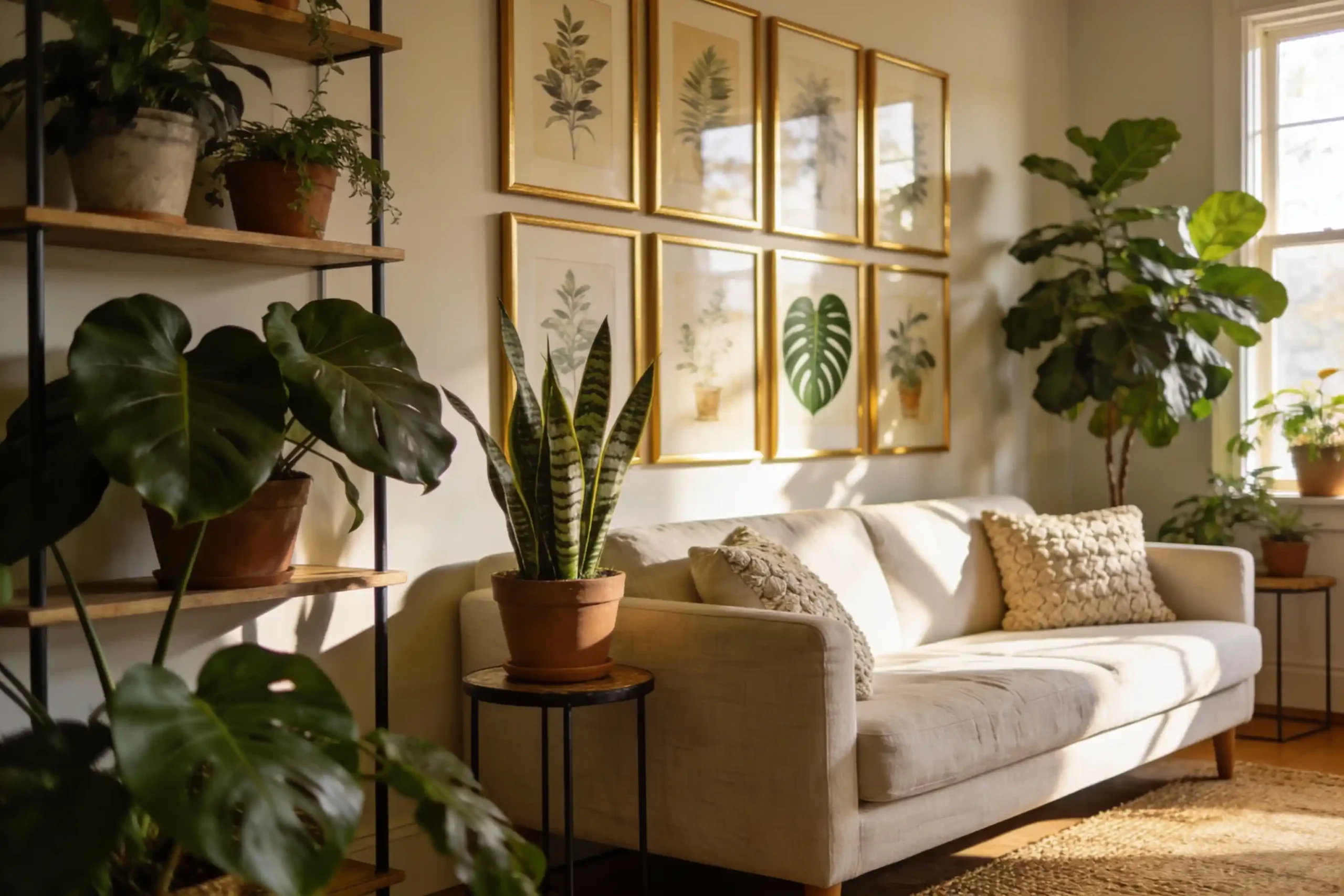Last spring, my backyard felt a little boring. So I decided to try to grow delphiniums. Many people said that they're fussy flowers, but they ended up being some of the most rewarding plants I've grown.
My tiny garden nook instantly became enchanted by their towering, vibrant blossoms. And now, let me show you how to grow delphiniums! Let's get started!
How to Grow Delphiniums: Step-by-Step Guide
I love to take a coffee and look at my tall, bold, and colorful delphiniums waving in the garden. You know, those blue, purple, and pink blooms really give stunning displays.
Follow my instructions to grow your own delphiniums.
Step 1 – Pick the Right Time to Grow
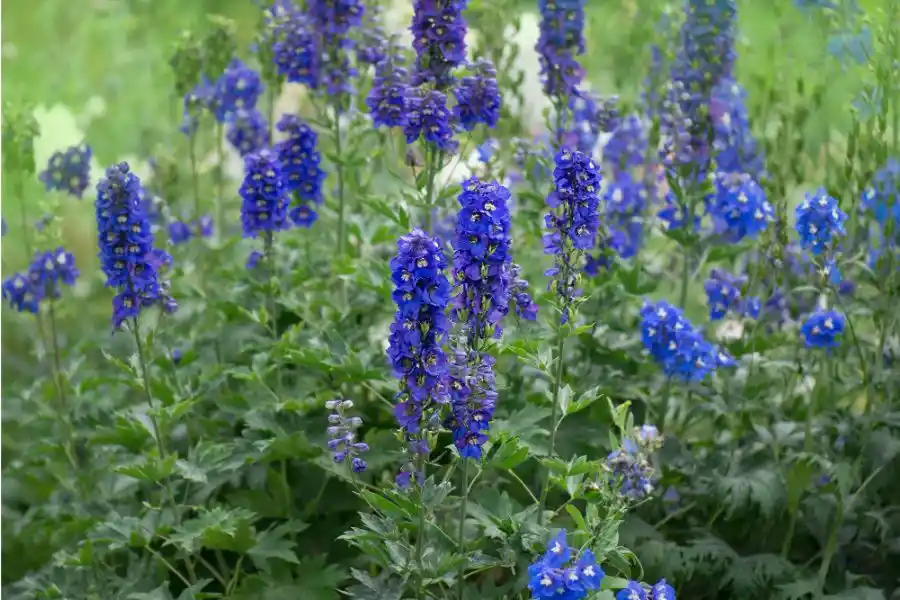
Yep, you can easily grow delphiniums from both seed and young plants. Of course, it'll take a little longer to start from seeds.
I often sow the delphinium seeds about 8-10 weeks indoors, just before the last frost. They will germinate around 21-28 days. Then, you can transplant them outside when spring comes.
Step 2 – Prepare the Soil
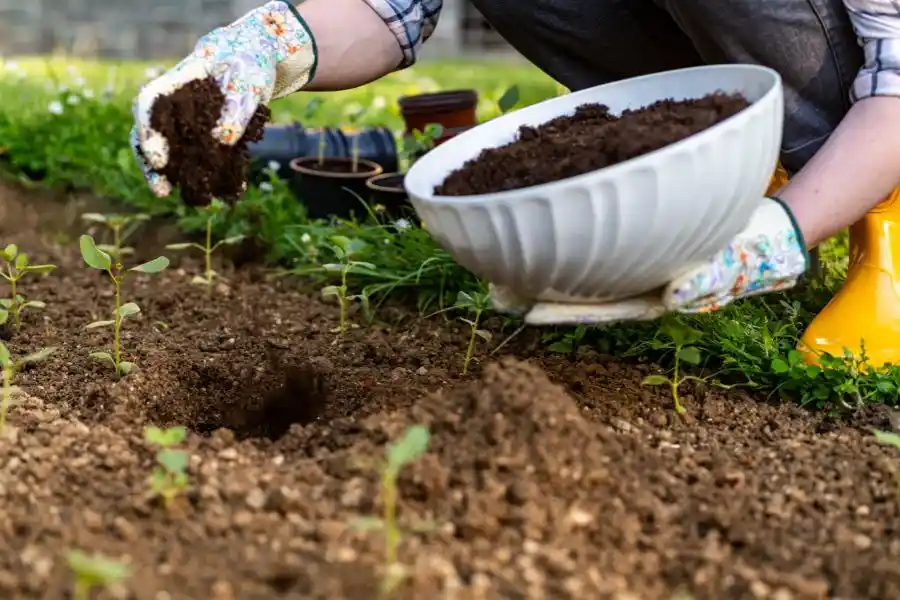
Delphiniums don't like soggy soil. Thus, you need to plant them in loose and well-draining soil. I like to mix some compost or aged manure with the soil to help my plants have a good start.
Step 3 – Choose a Spot to Grow
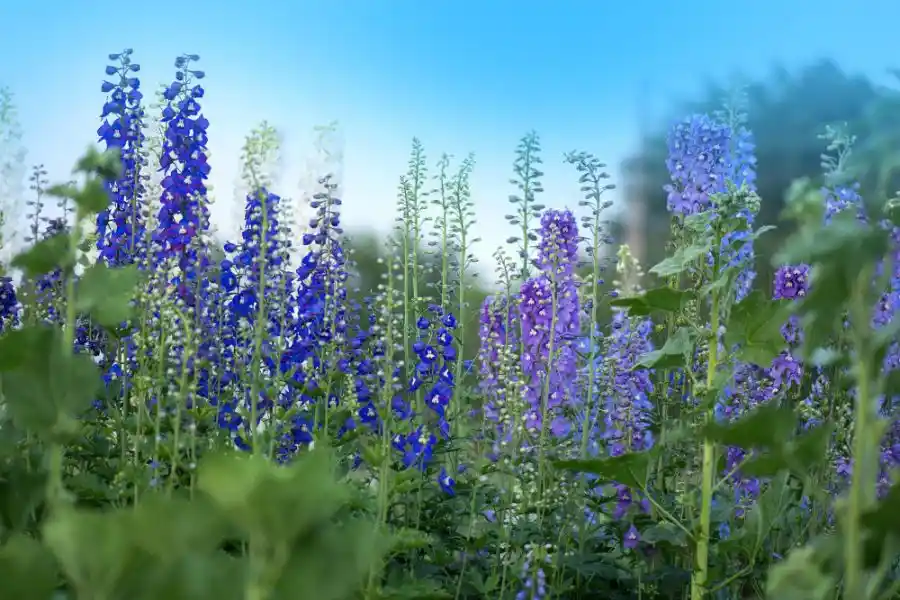
When spring comes, it’s time for you to move those little seedlings to the garden. Delphiniums are sun lovers. So, choose a place where they can receive a lot of sunlight in the morning.
If it's extra hot in the summer, some shade in the afternoon will keep them from wilting.
Step 4 – Water Your Plants
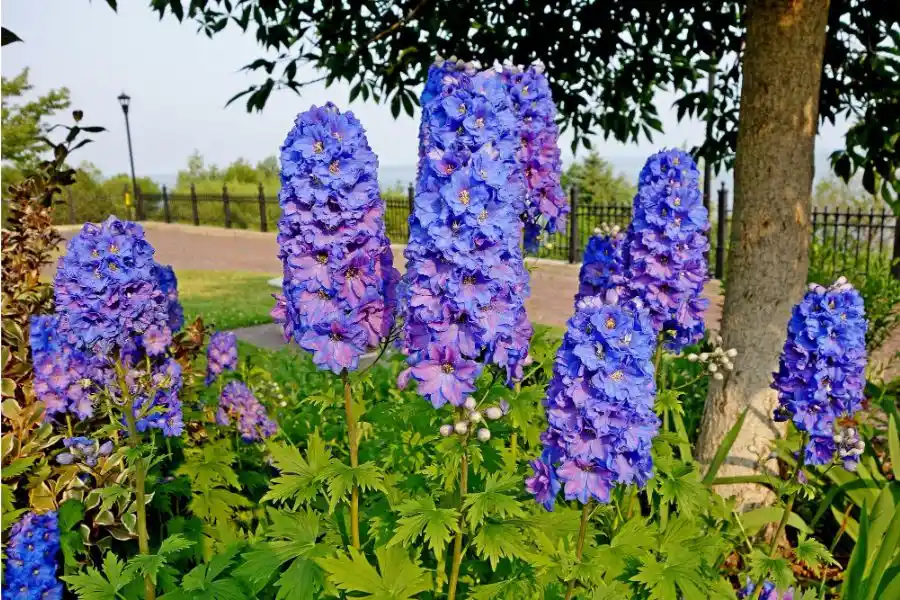
I always keep the soil evenly moist (but not soggy). Water regularly until the seedlings emerge.
| Best News: Delphiniums will reseed themselves every year. I love to save the extra seeds and start to grow them indoors (or as gifts) |
How To Care For Delphiniums
Now, you have some delphiniums in your garden. And they need some care from you to grow best.
Places Delphiniums Grow Best

In my experience, delphiniums love mild, sunny summers. However, they also still need a cold winter to grow best.
Those plants in my garden get full sun all day. They even do fine when the temperatures go very high (over 95°F). One thing I notice is that the blooms will last shorter.
But don't hesitate to try growing delphiniums even if your conditions are not ideal. You will see how adaptable and tough those flowers are.
Water

Delphiniums are thirsty plants, especially during the heat of summer. If your place doesn't have rain in the summer, make sure to give your plants about an inch of water each week.
I'll water mine more if the weather is extremely hot. My tip is to add a layer of mulch around the base. It will help to keep the moisture as well as keep the soil cool.
| A Little Heads-up: You will need to protect Delphiniums from strong winds and heavy rain. They have heavy tops and hollow stems. I always stake mine early in the season to prevent them from breaking. |
Fertilize
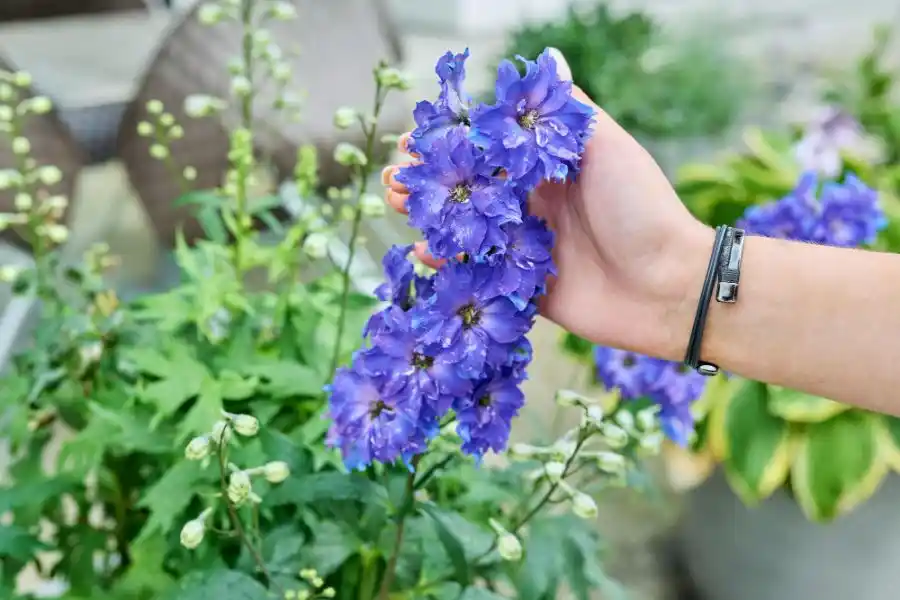
I give mine an organic liquid fertilizer every 2 weeks during their growing season. Delphiniums are hungry plants. So, if you want them to bloom beautifully, you need to feed them well.
Pests & Diseases
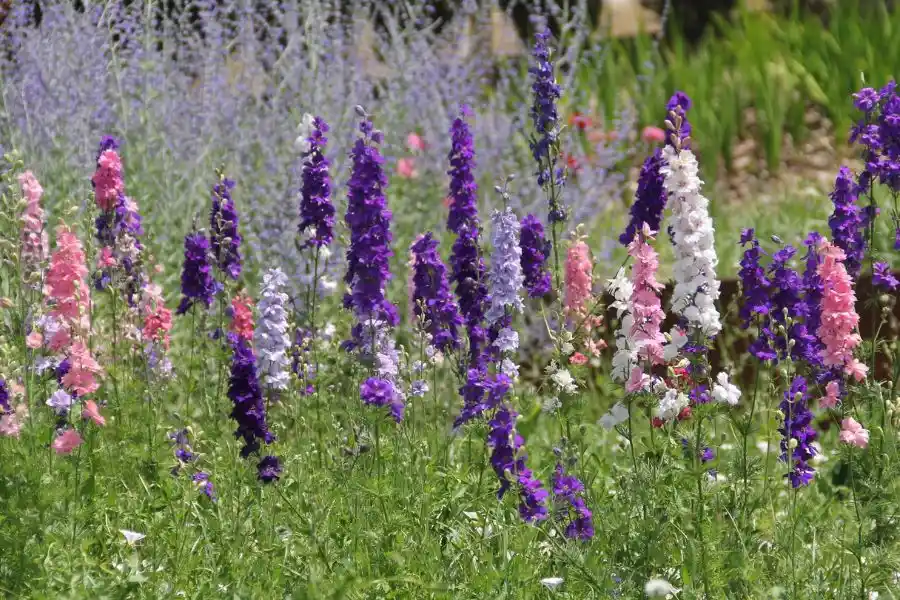
Some issues I used to face were powdery mildew and slugs. If you have hot summers, you won't have to work with powdery mildew.
About slugs, I see that they often appear in early spring when the delphiniums are just sprouting. To deal with them, you can buy treatment products at a garden store.
How To Keep Your Delphiniums Blooming
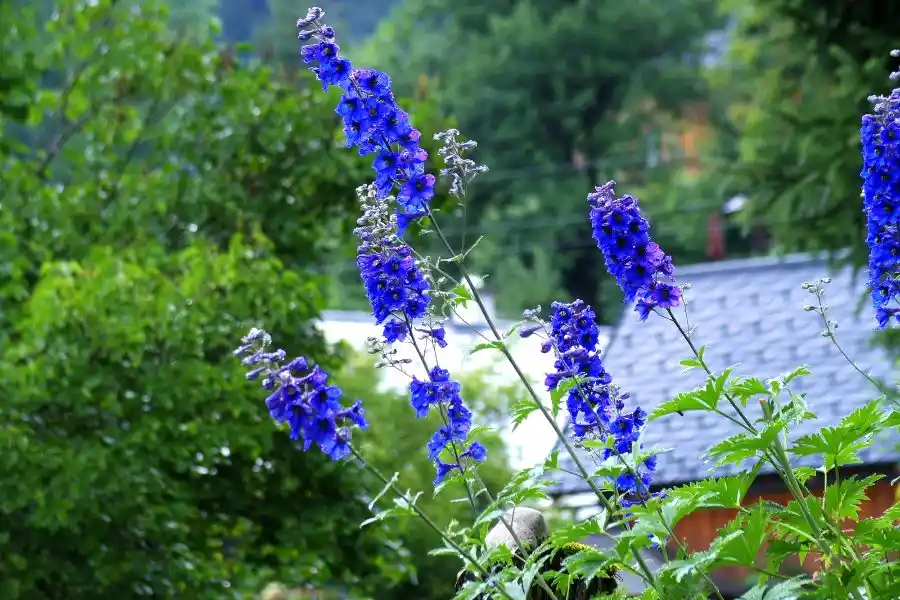
During the growing season, I always snip off any faded flowers, yellow leaves, or dead stems. This helps to keep my plants tidy and encourages them to grow healthier and keep blooming.
And when the plants have finished blooming, I cut them down to the base (leave roughly 2 inches above the ground). Later in the season, you might even get a second flush of blossoms (if you're lucky enough).
| Bloom Time: Delphiniums typically give flowers in spring and summer every year. If you let them receive at least 6 hours of full sunlight, they can bloom longer. |
How To Save Delphinium Seeds For Next Season
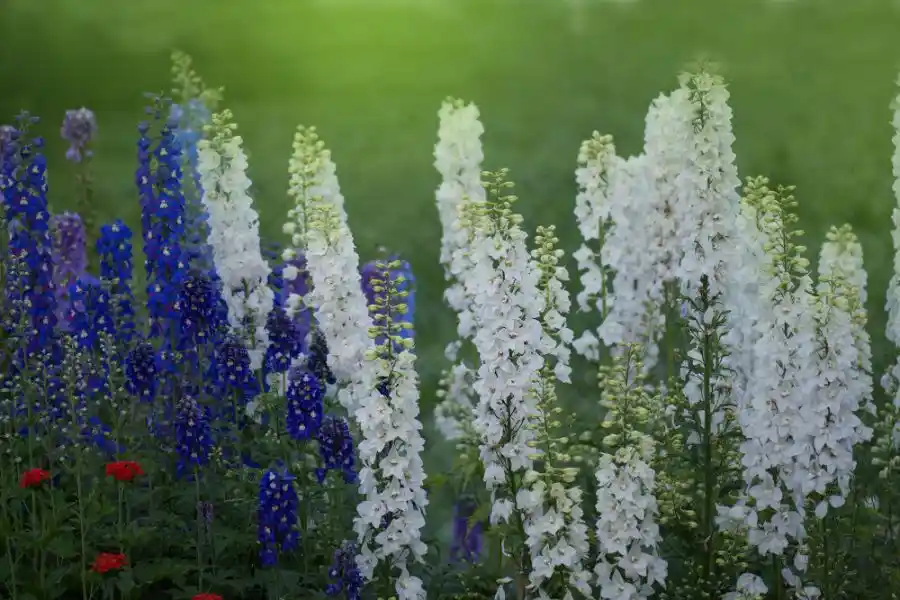
One of my favorite things about growing delphiniums is saving their seeds for the next season. No extra money on new plants. Here's how I collect:
- After my delphinium blooms have faded, I let them dry on the plant until the seed pods turn brown and crisp.
- Then, I gently cut those dried seed pods off. I place them on a clean plate or paper towel. Open them up and collect the tiny black seeds inside.
- I leave the seeds spread out in a cool, dry spot for a couple of days. This will help the seeds dry completely.
- After that, I place my seeds in a small glass jar (with a lid) or an envelope. I label them carefully (harvest date and varieties) and store them in a cool, dark place.
I always feel extra special when growing plants from my own saved seeds.
Can You Grow Delphiniums In Pots?

Yes, you can grow delphiniums in pots. Make sure to choose a pot that’s large and deep enough for the plant’s roots.
I always choose ones with good drainage and water my plants regularly. You know, potted plants will dry out faster than those grown in the ground.
Additionally, you should select shorter delphinium varieties to fit the pot better.
Are Delphiniums Toxic?
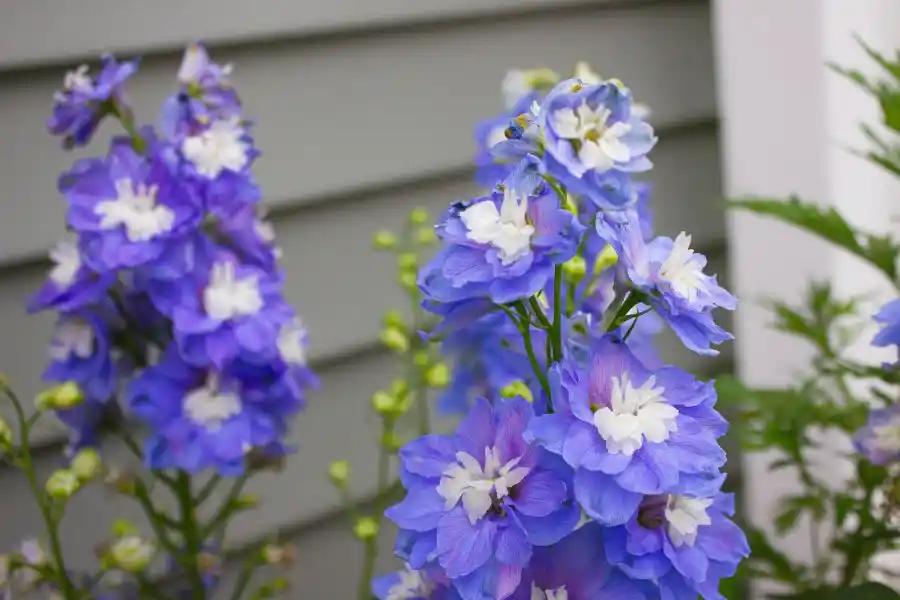
Yes — delphiniums are toxic. All the parts (leaves, flowers, stems, and seeds) contain toxic compounds called alkaloids. According to my research, they can cause vomiting, nausea, and muscle weakness if eaten.
That’s why I always remind friends to keep delphiniums out of reach of curious kids and pets. It's best to admire their blossoms with our eyes, not hands!
My advice is that you wear gloves every time you cut, trim, or plant delphiniums.
Final Words
Delphiniums are like flowers from a storybook – tall, proud, and a little bit dramatic. Of course, they need some extra care here and there, but they will repay you well. And now, when you've already learned how to grow delphiniums, why don't you give them a shot?


